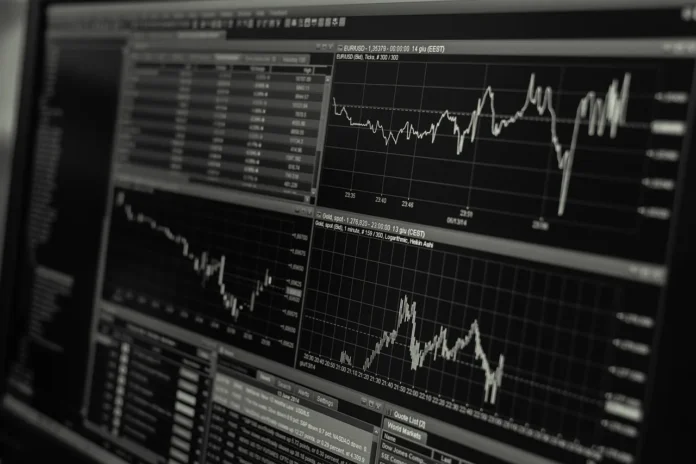When scanning through the daily market activity, one metric often comes to mind. What’s that? Trading volume. It is the number of shares bought and sold within a given time frame, and while prices grab headlines, volumes often whisper (or sometimes shout) the real story.
High trading volumes can signal strong interest in a stock, hint at a possible trend, or simply reflect increased speculation.
But not every spike in volume means the same thing. Yes, that is where investors need to separate the noise from meaningful patterns.
Why is Trading Volume Important?
Basically, trading volume reflects liquidity. The higher the volume, the easier it is to enter or exit a position without significantly moving the price. But beyond liquidity, volume can be an effective indicator when read alongside price action.
For instance:
- Rising prices on increasing volumes often suggest genuine buying interest.
- Falling prices on heavy volumes may point to strong selling pressure.
- A sudden surge in volume without much price movement could indicate accumulation or distribution, often before a larger move.
This is why market analysts and a number of traders all across the globe watch volume as a confirmation tool. It helps validate whether a price trend has real strength behind it.
High-volume Traded Stocks: What You Need to Know
Every trading day, certain names appear among the high volume traded stocks. These are the stocks where activity is way above average, either due to earnings announcements, sector-specific developments or even market sentiment shifts.
For investors and traders, these stocks are worth monitoring. The reasons are below:
Every trading day, certain names appear among the high volume traded stocks. These are the stocks where activity is way above average, either due to earnings announcements, sector-specific developments or even market sentiment shifts.
For investors and traders, these stocks are worth monitoring. The reasons are below:
- They highlight where institutional participation might be flowing.
- They can indicate momentum-building opportunities.
- They sometimes warn of intensified volatility ahead.
However, high volumes should never be looked at as a standalone thing. A stock being heavily traded doesn’t automatically make it a buy or sell candidate. Including fundamentals, valuations, and broader market conditions still matter most.
High-delivery Stocks: What You Need to Know
While volume tells us how many shares are being traded, delivery data shows how many of those are actually being credited on a delivery basis to demat accounts rather than squared off intraday. This leads us to the concept of high delivery stocks.
High delivery percentage generally indicates that investors are taking positions with a longer-term view, rather than just trading for the day.
Low delivery percentage may point to more speculative or intraday activity, where positions are opened and closed within the same day.
For example, if a stock sees both high volume and high delivery, it often indicates serious buying interest. In other words, institutions, funds, or retail investors are committing capital for the medium to long term. On the other hand, high volumes but low delivery might just mean speculative churn.
What Investors Can Learn from Volume Patterns?
Here are some practical takeaways when analysing volumes:
- Volume as a trend validator: If a stock is breaking out of resistance with increasing volumes, it is often considered a stronger breakout.
- Spotting reversals: High volumes during a downtrend can sometimes mean capitulation and a possible turnaround.
- Tracking institutional footprints: Consistent spikes in volumes can be an indirect sign of big players entering or exiting positions.
- Avoiding false signals: High volumes without delivery support may just be noise created by short-term/Intraday traders.
The Limitations of Volume Analysis
While tracking volumes is quite useful, they don’t reveal who is buying or selling, nor do they explain the underlying reason for the activity. Relying solely on volumes can be misleading at times.
This is especially true during speculative phases where short-term traders dominate the market. That is why it is always best to combine volumes with fundamentals, technicals and sectoral cues.
Final Thoughts
High volumes make stocks pop up on any screen, but interpretation matters more than the number. By knowing if the activity is speculative or backed by genuine delivery, investors can separate momentum from meaningful participation.
For traders, volumes can confirm entry and exit points. For long-term investors, it can show where serious money is actually moving. Either way, when read with context, volumes are more than a number; it is a window into market sentiment and participation.
